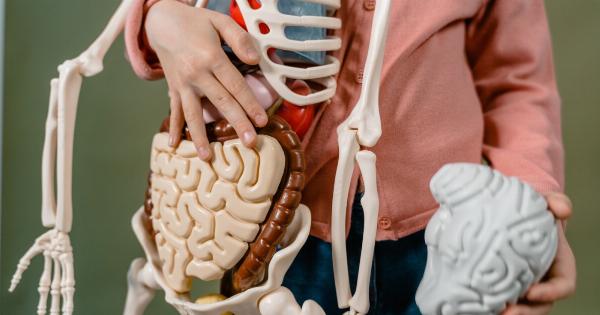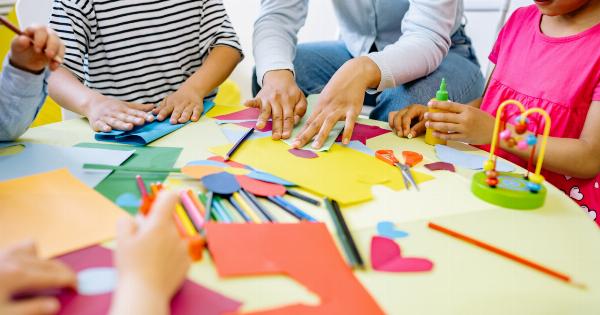Adult learning refers to the process of acquiring knowledge, skills, and attitudes that occur after the completion of basic education.
Although learning is a lifelong process, adult learning has its unique characteristics due to the developmental changes in the human brain. Understanding how the brain functions and learns can significantly enhance the effectiveness of adult learning programs and strategies.
This article explores the relationship between adult learning and the human brain, highlighting its implications for designing and implementing successful adult education initiatives.
The Neuroplasticity of the Adult Brain
Contrary to earlier beliefs that the adult brain is static and unchangeable, research has shown that the adult brain possesses a remarkable ability to adapt and reorganize itself. This phenomenon is known as neuroplasticity.
Neuroplasticity allows the brain to form new neural connections, modify existing ones, and even reassign functions to different regions.
The Importance of Neuroplasticity in Adult Learning
Neuroplasticity plays a crucial role in adult learning as it provides the neural basis for acquiring new skills and knowledge.
When adults engage in learning activities, such as reading, problem-solving, or acquiring a new language, the brain responds by creating new connections and strengthening existing pathways. This process allows for the integration of new information into existing knowledge frameworks.
The Role of Dopamine in Adult Learning
Dopamine, a neurotransmitter associated with pleasure and reward, also has a significant impact on adult learning.
When adults engage in stimulating and rewarding learning experiences, the brain releases dopamine, which enhances motivation and attention. This neurotransmitter promotes the processing and encoding of new information, leading to more effective learning outcomes.
The Impact of Aging on Adult Learning
Although neuroplasticity and dopamine facilitate adult learning, the aging process can introduce certain challenges to the learning process. As people age, the brain undergoes structural and functional changes.
These changes can result in decreased cognitive abilities, such as slower processing speed, reduced working memory, and difficulties in retrieving information. However, with the right strategies and interventions, these age-related changes can be mitigated, and effective learning can still be achieved.
Designing Effective Adult Learning Programs
To optimize adult learning, it is essential to design programs and strategies that incorporate understanding of the brain’s functioning. Here are some key considerations:.
1. Engage Multiple Senses
Learning experiences that engage multiple senses activate different regions of the brain and enhance memory retention. Incorporate visuals, auditory elements, and tactile activities to boost learning outcomes.
2. Provide Meaningful and Relevant Content
Adult learners are more motivated to learn when they perceive the content as meaningful and relevant to their lives. Tailor the learning material to their interests and goals to maximize engagement and retention.
3. Create Opportunities for Active Learning
Passive learning where information is simply presented can be less effective for adults. Encourage active learning by incorporating discussions, problem-solving activities, and hands-on experiences to promote deeper understanding and skill development.
4. Offer Frequent Feedback and Support
Providing timely and constructive feedback is crucial for adult learners. Regular assessments, supportive feedback, and guidance help learners track their progress, identify areas for improvement, and stay motivated throughout the learning process.
5. Emphasize Real-World Application
Adult learners appreciate learning experiences that they can directly apply in their personal and professional lives. Bridge the gap between theory and practice by providing opportunities for learners to apply their knowledge in real-world scenarios.
6. Promote Social Interaction and Collaboration
Adult learners benefit from social interaction and collaboration. Incorporate group activities, discussions, and peer-to-peer learning to create an environment that encourages knowledge sharing and fosters a sense of community.
7. Allow for Flexibility and Personalization
Adult learners have diverse learning needs and preferences. Offering flexibility in terms of learning pace, timing, and content choices enables learners to customize their learning experience to suit their individual requirements.
8. Encourage Metacognition and Reflection
Metacognition refers to the ability to think about one’s thinking processes. Encourage adult learners to reflect on their learning strategies, monitor their understanding, and identify areas where improvement is needed.
This self-awareness enhances learning effectiveness and promotes lifelong learning skills.
9. Utilize Technology and Digital Tools
Technology can significantly enhance adult learning by providing access to a wealth of information, interactive learning platforms, and virtual collaboration tools.
Incorporate technology into learning programs to enhance engagement and facilitate access to resources.
10. Provide Ongoing Support and Continuous Learning Opportunities
Adult learning is not limited to formal educational settings. Offer ongoing support, resources, and continuous learning opportunities to create a culture of lifelong learning.
Encourage adults to explore new areas of interest, pursue personal development, and stay engaged in the learning process throughout their lives.
Conclusion
Understanding the relationship between adult learning and the human brain is essential for designing effective adult education programs.
Neuroplasticity, the role of dopamine, the impact of aging, and the design considerations discussed in this article provide valuable insights into how to optimize adult learning experiences. By incorporating these findings, educators and trainers can create impactful and engaging learning environments that promote lifelong learning and personal growth.






























